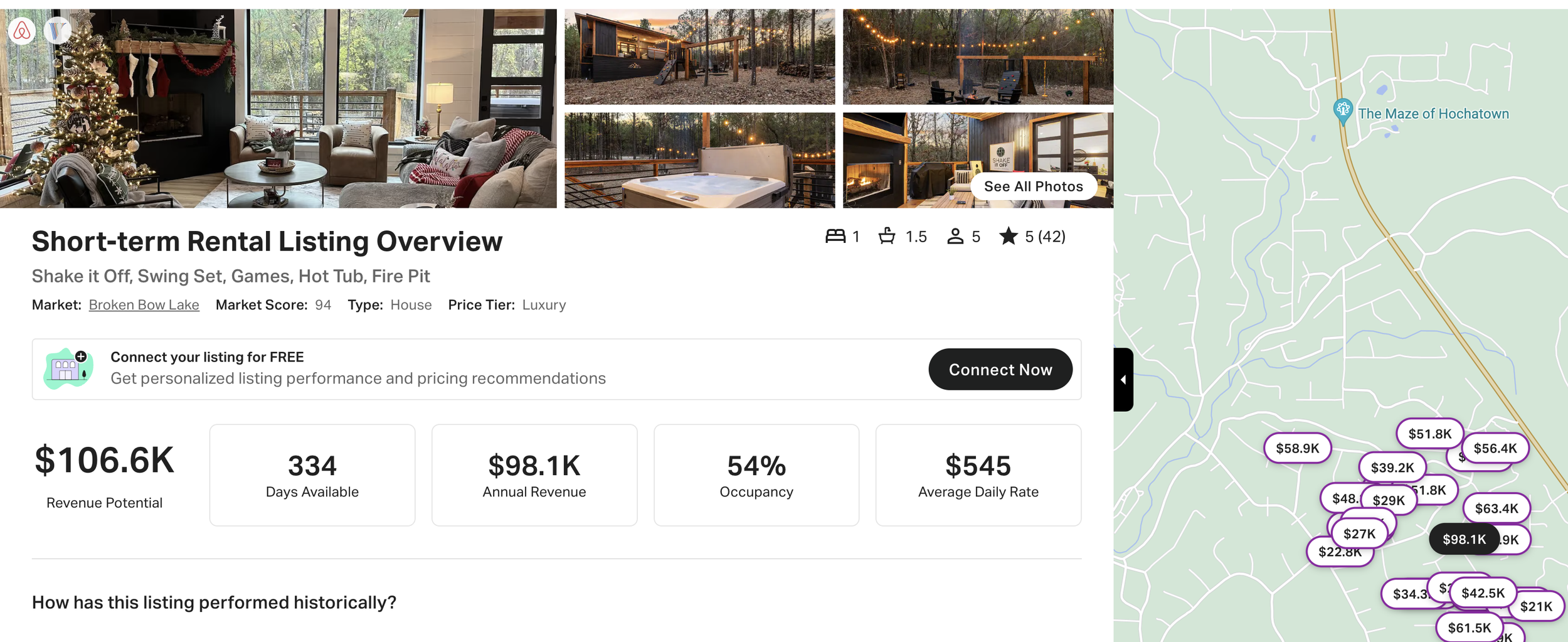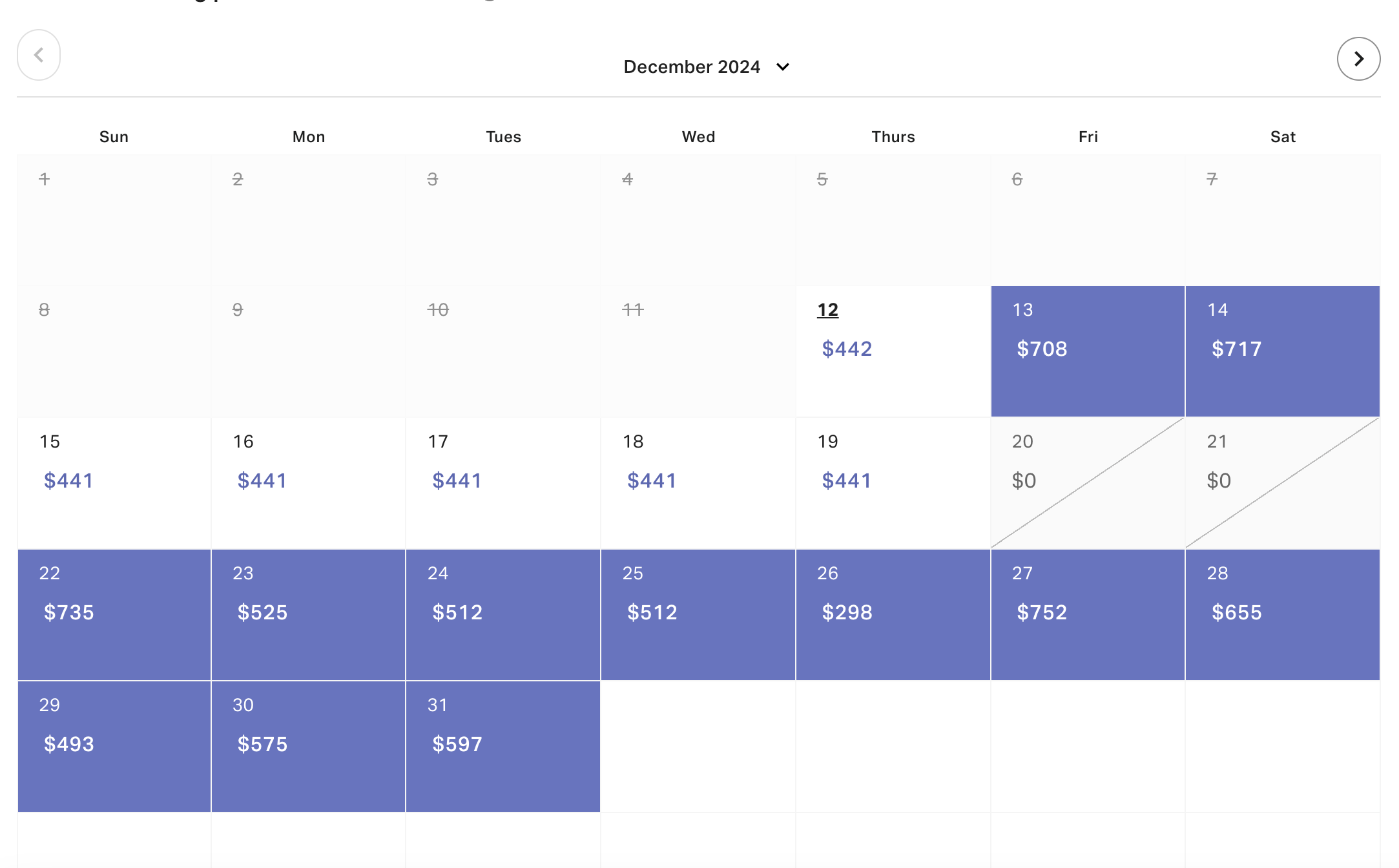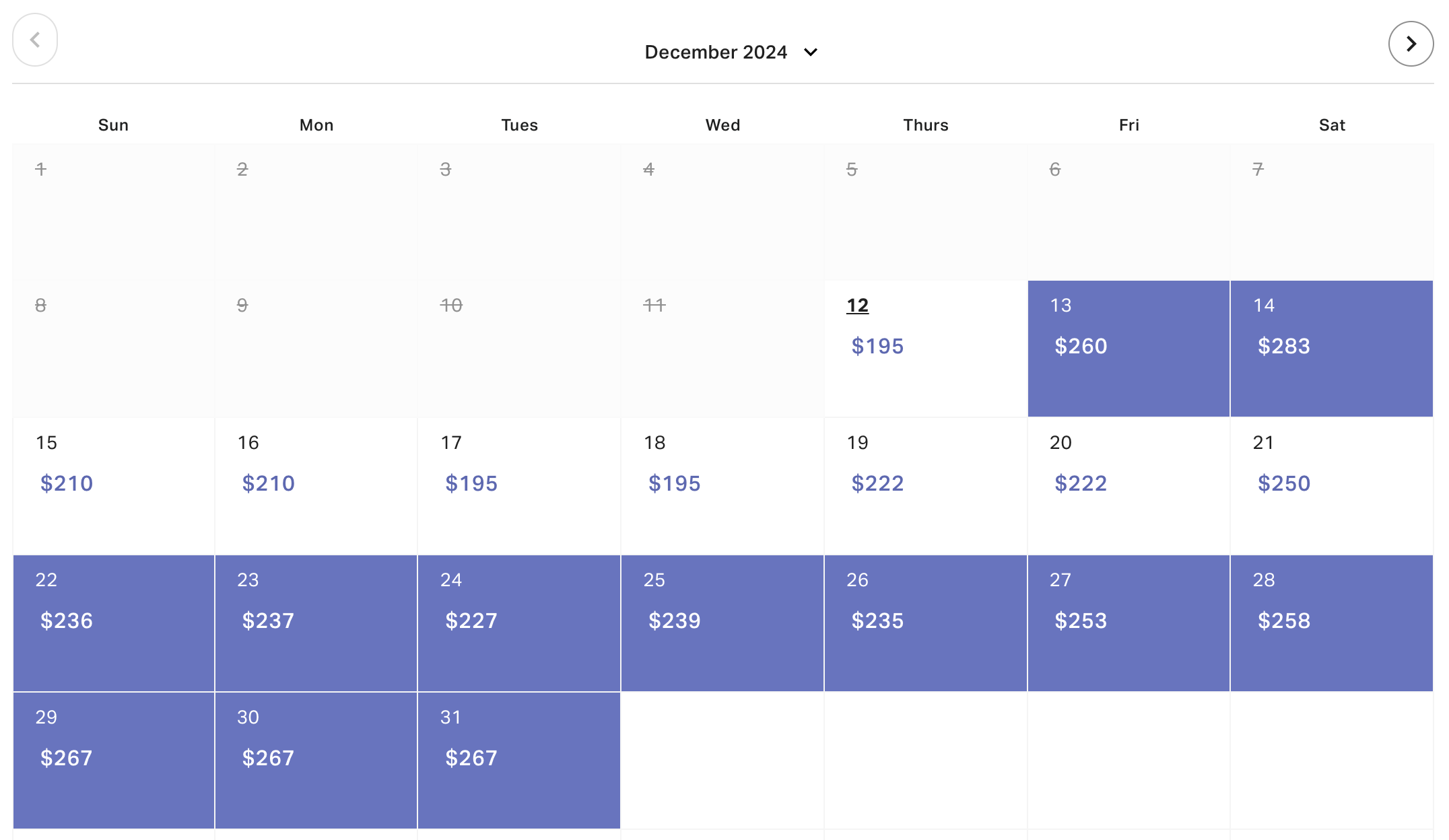How Remote Work Impacts Vacation Home Markets
The rise of remote work has profoundly impacted various sectors, including the vacation home market. As more people gain flexibility in their work arrangements, there is an increasing demand for secondary properties that can serve as both vacation retreats and remote workspaces. This article explores how the shift to remote work has fueled this trend and what it means for investors and homeowners.
1. Increased Flexibility
Remote work allows individuals to choose where they live without being tied to a specific office location. This flexibility has led many to seek out vacation homes in desirable locations that offer a better quality of life, such as coastal towns or mountain resorts. The ability to work from anywhere has made it feasible for people to split their time between urban centers and more tranquil settings, thereby increasing the appeal of owning a second home.
2. Blurred Lines Between Work and Leisure
With the ability to work from anywhere, the distinction between primary residences and vacation homes is becoming less clear-cut. Many are using their vacation properties as extended stay locations where they can both relax and be productive. This trend is particularly evident among digital nomads and remote workers who no longer need to be physically present in an office. As a result, vacation homes are increasingly being designed to accommodate both leisure and work needs.
3. Demand for Amenities
Vacation homes are no longer just about relaxation; they must also accommodate remote workers' needs for reliable internet connectivity, dedicated workspace areas, and other amenities like gyms or outdoor spaces. Properties with these features are seeing increased demand. High-speed internet, in particular, has become a non-negotiable feature for many buyers, as it is essential for remote work. Additionally, homes with flexible spaces that can serve as offices during the day and living areas at night are highly sought after.
4. Shift in Location Preferences
Traditionally popular urban areas are experiencing decreased demand due to reduced commuting needs, while suburban and rural areas—often associated with vacation destinations—are gaining popularity due to their affordability and spaciousness. This shift is also driven by the desire for a better work-life balance, with many remote workers seeking environments that offer natural beauty and outdoor activities. As a result, markets in places like the Rocky Mountains, the Great Lakes region, and coastal areas are seeing a surge in interest.
Trends in Vacation Home Purchases
Long-term Rentals vs. Short-term Stays: With more people working remotely from their second homes, there's a shift towards longer-term rentals rather than traditional short-term stays. This trend is particularly noticeable in areas that offer a high quality of life and are conducive to remote work. Long-term rentals provide a steady income stream for property owners and offer renters the stability they need for extended work periods.
Investment Opportunities: The rise in demand presents opportunities for real estate investors looking at secondary markets. Investors are increasingly focusing on properties that can cater to the needs of remote workers, such as those with home offices, high-speed internet, and proximity to recreational activities. Additionally, there is growing interest in properties that can be used for both personal and rental purposes, providing a dual income stream.
Technological Adaptations: Virtual tours have become essential tools for buyers exploring properties remotely without needing physical visits. The use of augmented reality (AR) and virtual reality (VR) in real estate has also gained traction, allowing potential buyers to visualize properties in detail from the comfort of their current homes. These technological advancements have made it easier for buyers to make informed decisions without the need for extensive travel.
Summary
The impact of remote work on vacation home markets is multifaceted, driven by increased flexibility in lifestyle choices combined with technological advancements that support working from anywhere. As buyers seek properties that blend leisure with productivity capabilities, understanding these trends can help investors capitalize on emerging opportunities. The vacation home market is evolving, and those who adapt to these changes will be well-positioned to benefit from the new dynamics.
FAQs
Q: How has remote work influenced the purchase of vacation homes?
A: Remote workers now seek properties that serve both as leisure retreats and functional workplaces, leading to increased interest in secondary markets offering better lifestyles.
Q: What amenities do buyers look for in a modern vacation home?
A: Buyers prioritize reliable internet connectivity, dedicated workspace areas (e.g., home offices), along with recreational amenities like pools or gyms.
Q: Are rural or suburban areas gaining popularity among buyers?
A: Yes, due to the advantages of affordability and space compared to urban centers.
Q: How does this trend affect real estate investments?
A: It presents new investment opportunities by shifting focus towards secondary markets where demand rises due to flexible living arrangements supported by technological advancements.
By understanding these shifts driven by remote work trends, individuals can make informed decisions about investing or purchasing within the evolving landscape of vacation home markets. The integration of work and leisure in vacation homes is not just a passing trend, but a significant shift that is reshaping the real estate landscape. As remote work continues to grow, the vacation home market will likely see further innovations and adaptations to meet the needs of this new breed of homeowners and renters.






